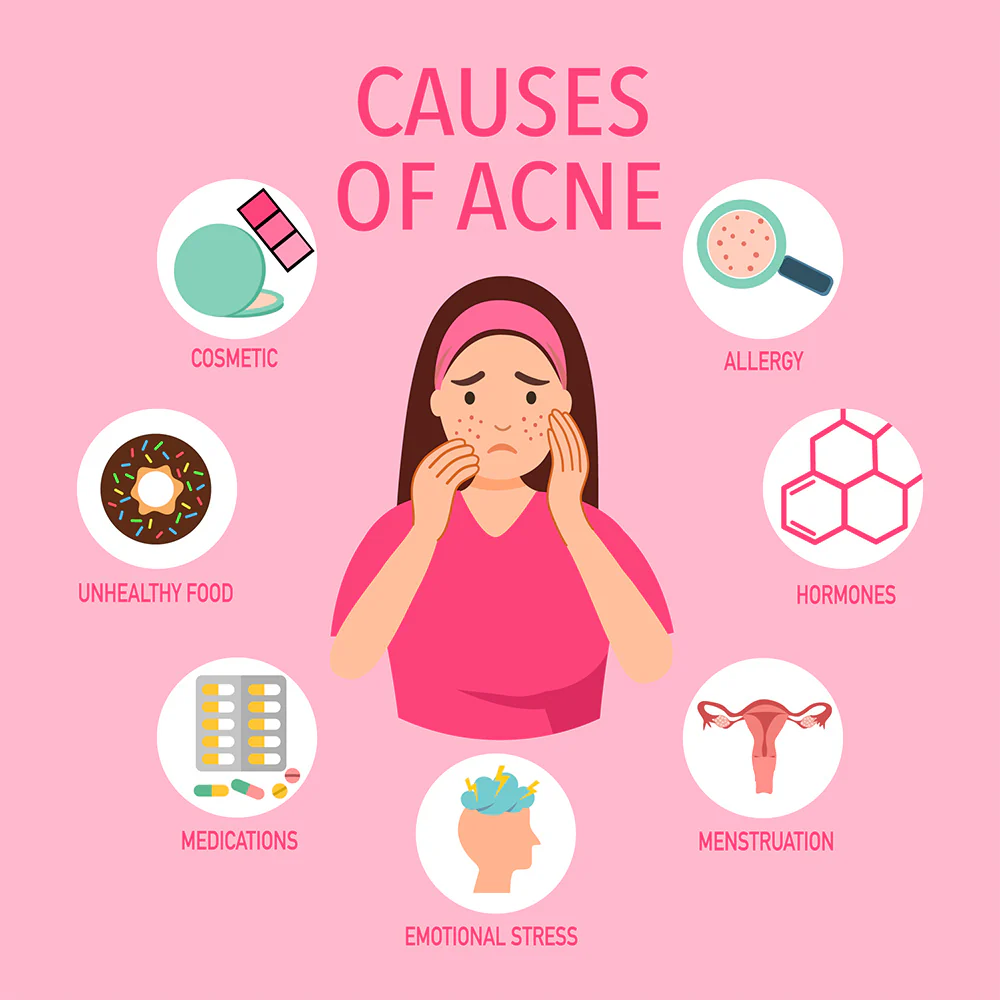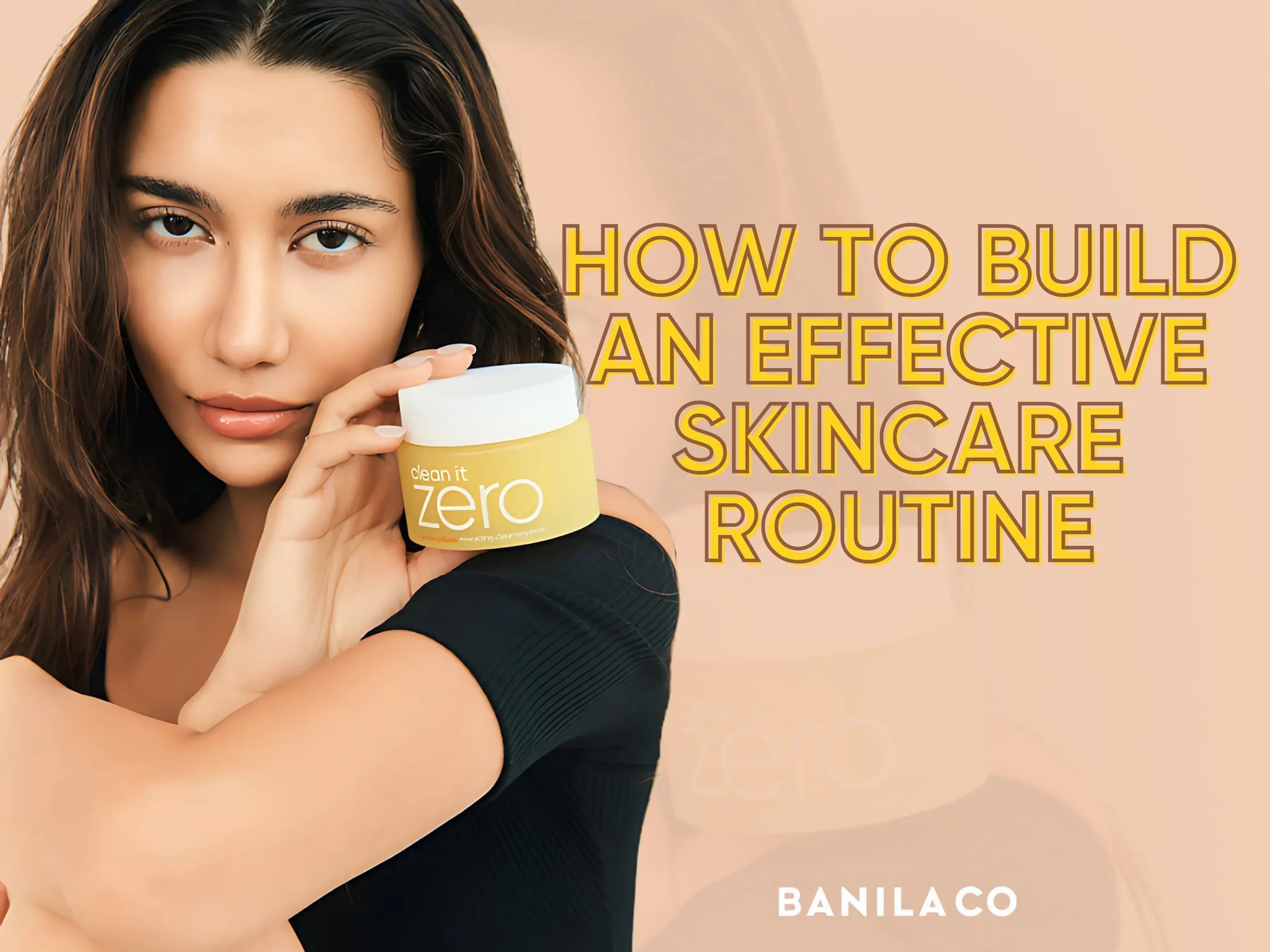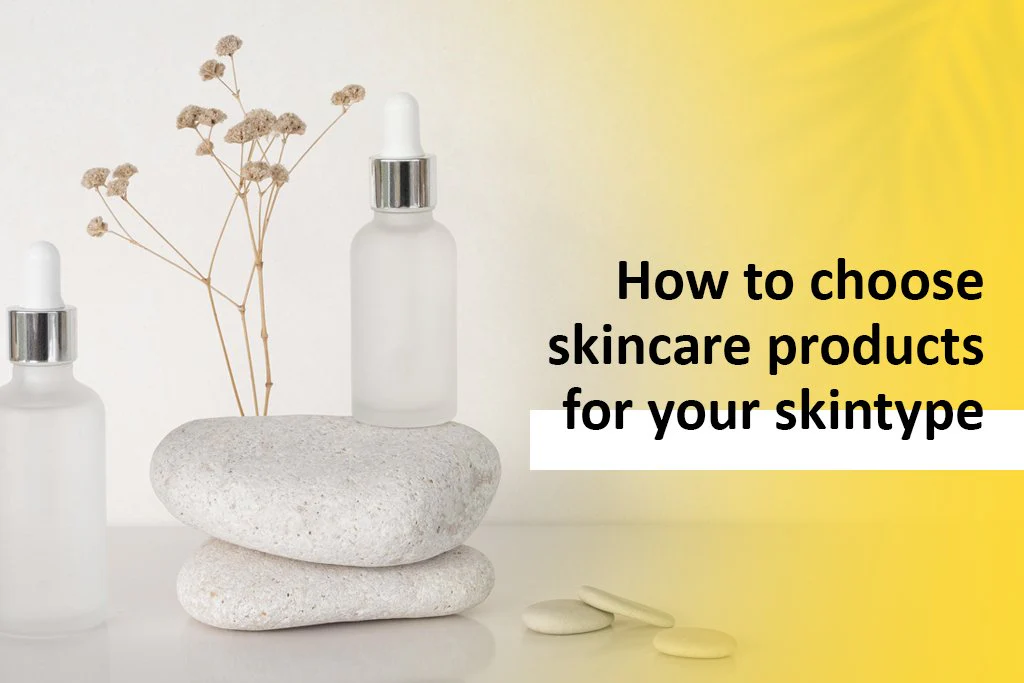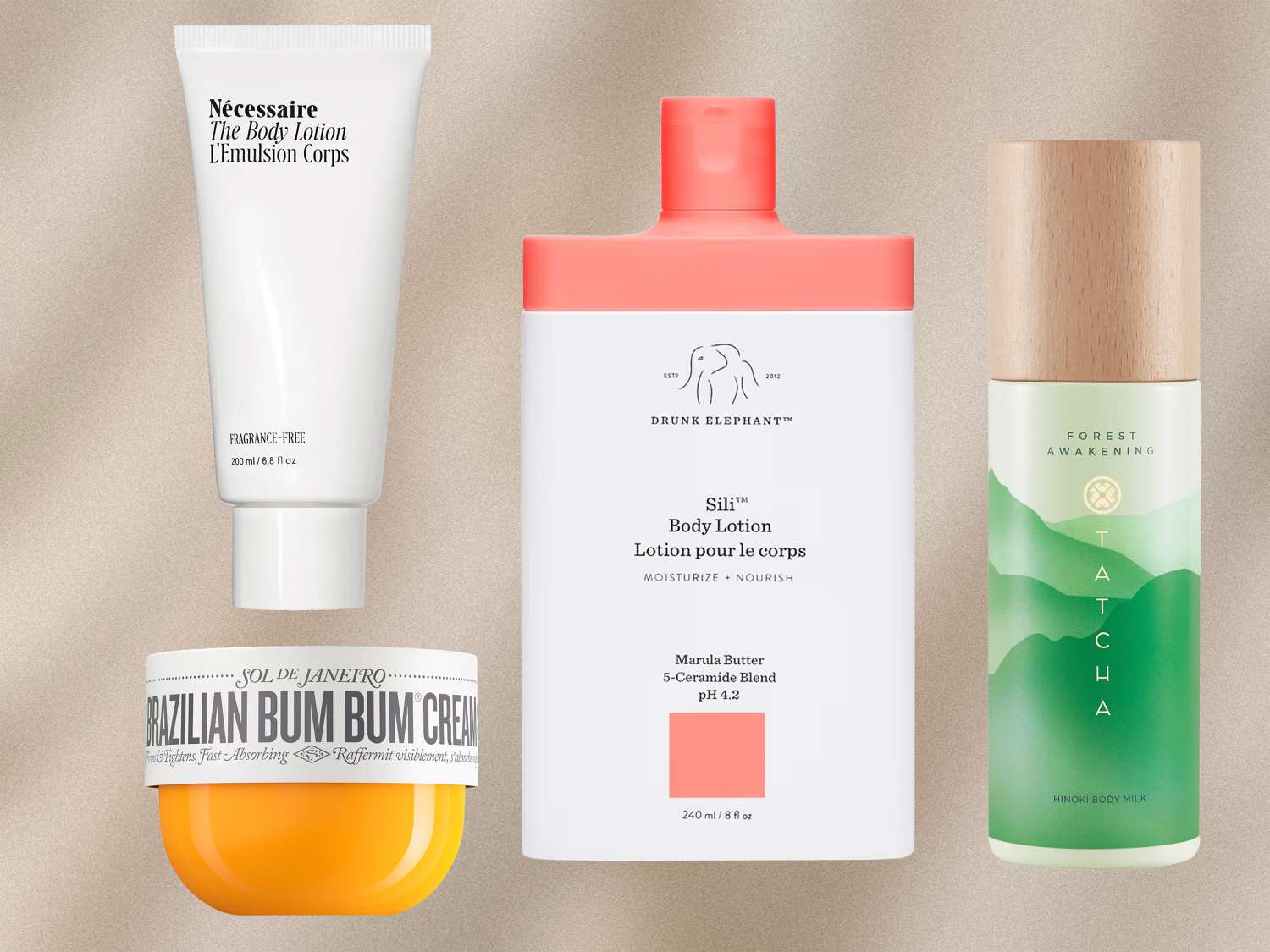Acne is one of the most common—and often the most frustrating—skin concerns people face. It affects teenagers, adults, and even individuals well into their 40s and 50s. While acne is frequently associated with hormones, the reality is that it’s a complex condition influenced by multiple internal and external factors. Understanding your personal triggers is the first step toward building a routine that manages and reduces breakouts effectively.
Acne occurs when pores become clogged with excess oil, dead skin cells, and bacteria. But what determines how much oil your skin produces, how quickly your cells shed, or how easily your pores become inflamed? That’s where understanding acne triggers becomes essential. By identifying what contributes to your breakouts, you gain the power to take targeted, meaningful action—rather than simply trying random products and hoping for the best.
1. Hormones: The Most Well-Known Trigger
Hormonal fluctuations are one of the strongest contributors to acne. Androgens—hormones that increase oil production—tend to spike during puberty, menstrual cycles, pregnancy, and periods of high stress. This increased sebum makes pores stickier and more prone to clogging. For many people, hormonal acne appears around the jawline and chin, often as deep, tender bumps that don’t come to a head.
While you can’t eliminate hormones, you can manage their effects. Ingredients such as benzoyl peroxide, retinoids, and azelaic acid help prevent clogged pores, while salicylic acid exfoliates inside the pore lining. For chronic hormonal acne, a dermatologist may suggest medications such as spironolactone or birth control.
2. Stress: The Silent Breakout Trigger
Stress doesn’t directly “cause” acne, but it absolutely makes it worse. When you’re stressed, your body releases cortisol, which in turn stimulates oil production. It also slows wound healing and increases inflammation—two factors that directly impact acne severity.
Managing stress is a long-term lifestyle skill, not a quick fix. Practices like mindful breathing, regular exercise, and consistent sleep can help regulate cortisol levels. Even simple habits like taking a daily walk or reducing caffeine intake can help calm the nervous system and support clearer skin.
3. Skincare Products: Helping or Harming?
A surprising number of people experience acne because their products are too harsh, too heavy, or simply not suited to their skin type. Over-exfoliating, for example, can disrupt the skin barrier, leading to irritation and inflammation that worsen breakouts. On the other hand, using occlusive or oily products when you’re acne-prone can clog pores and trigger new blemishes.
When choosing skincare, look for terms such as non-comedogenic, oil-free, or for acne-prone skin. Lightweight gels and lotions are usually better than thick creams. Keep exfoliation to 2–3 times per week and avoid layering too many active ingredients at once, which can overwhelm the skin.
4. Diet: A More Subtle Influence
Diet isn’t the primary cause of acne, but it can influence its severity. High-glycaemic foods—like sweets, white bread, and sugary drinks—may spike insulin, which can indirectly increase oil production. Dairy, especially skim milk, has also been linked to breakouts in some people.
This doesn’t mean you need to eliminate entire food groups. Instead, focus on balance: whole grains, vegetables, lean proteins, and healthy fats. Keeping a food diary can help identify whether certain foods correlate with flare-ups.
5. Environment & Lifestyle: Hidden aggravators
Environmental factors can quietly contribute to acne without you noticing. Sweat trapped under clothing can cause body acne, while friction from helmets, masks, or tightly fitted straps can cause “mechanical acne.” Even hair products containing oils, silicones, or waxes can cause breakouts along the forehead and hairline—what dermatologists call “pomade acne.”
Small changes can make a huge difference: tying hair back at night, changing pillowcases weekly, and using non-comedogenic haircare products.
6. Managing Acne Through a Consistent Routine
The most effective acne routines include three main pillars:
Cleansing — Use a gentle cleanser twice daily to remove oil and bacteria without stripping the skin.
Exfoliating — Salicylic acid is ideal for clearing clogged pores, while glycolic acid helps smooth texture. Use 2–3 times per week.
Treating — Retinoids remain the gold standard for acne. They help regulate cell turnover, unclog pores, and fade dark marks over time.
Moisturising — Even oily skin needs hydration. Look for lightweight formulas containing hyaluronic acid, niacinamide, or ceramides.
Protecting — Sunscreen prevents dark marks from worsening and keeps inflammation at bay.
Consistency is everything. Acne treatment takes time—typically 8–12 weeks before meaningful improvement.
7. When to See a Professional
If your acne is painful, widespread, or leaving scars, professional help is invaluable. Dermatologists offer options like prescription retinoids, antibiotic therapies, hormonal treatments, and chemical peels that can dramatically improve acne when over-the-counter products fall short.
Final Thoughts
Understanding acne triggers empowers you to manage breakouts with clarity and confidence. By identifying how your lifestyle, products, and environment interact with your skin, you can build a targeted, effective routine. Acne may be complex, but with the right strategy, clearer skin is absolutely within reach.



